Originally posted by flea beetle
View Post
Wonder about beef/buffalo hybrids. Facebook discussion from a bunch of know nothings were saying they’re sterile but those guys brains are sterile at times. Thought the NA bison herd had a smattering of bos bos DNA. Guess science and dna testing is trumped by Facebook scientists.
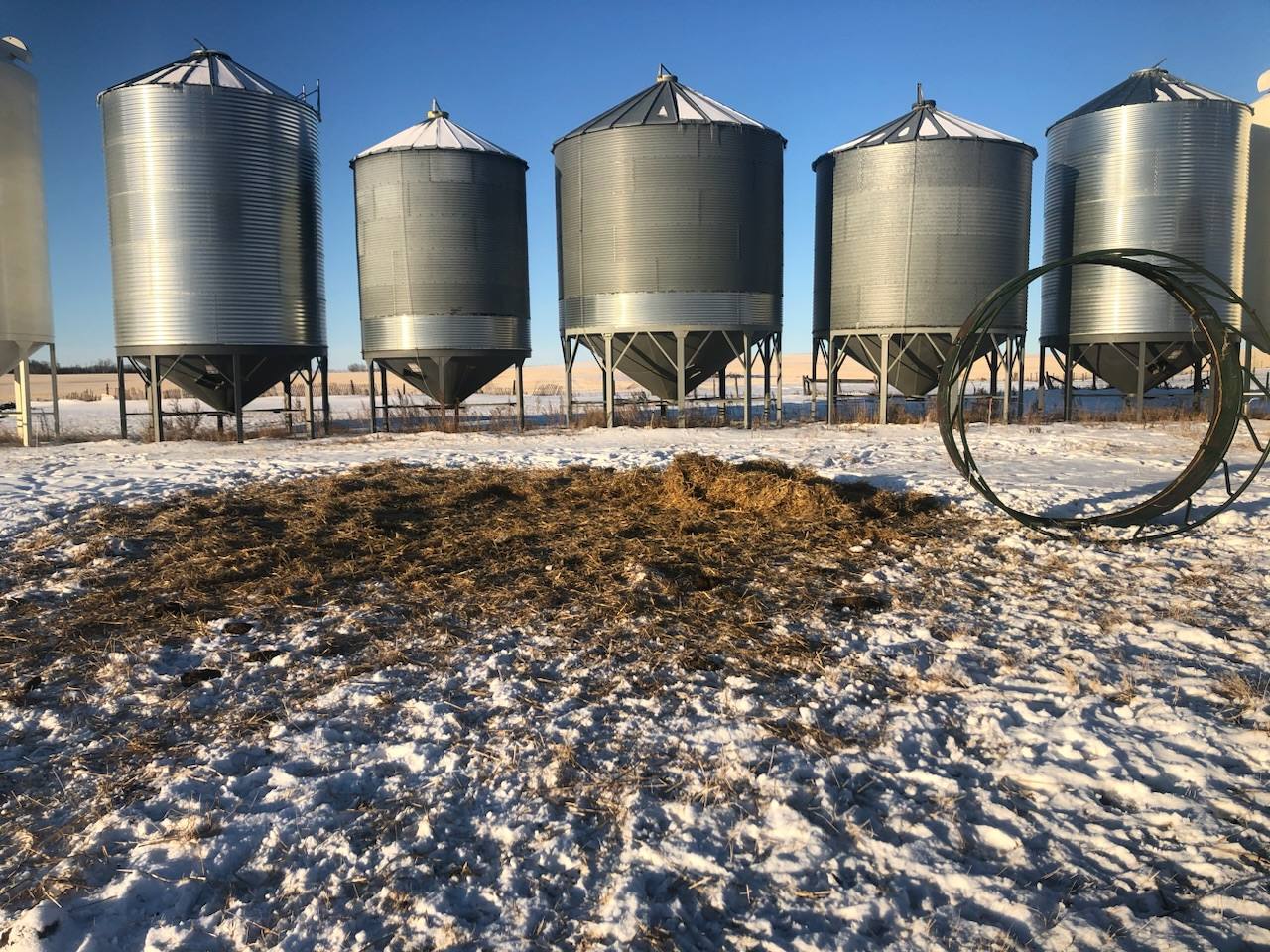
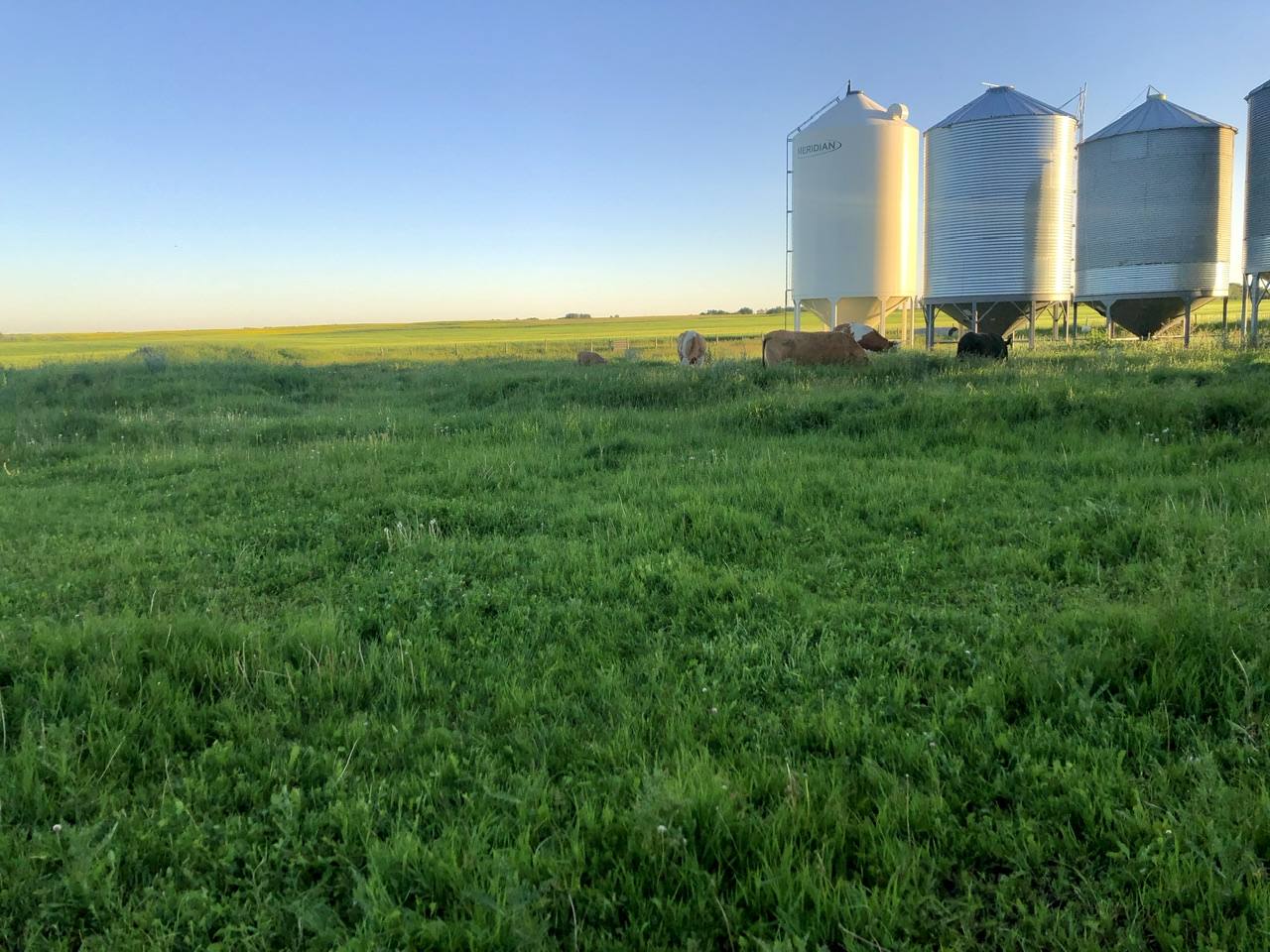
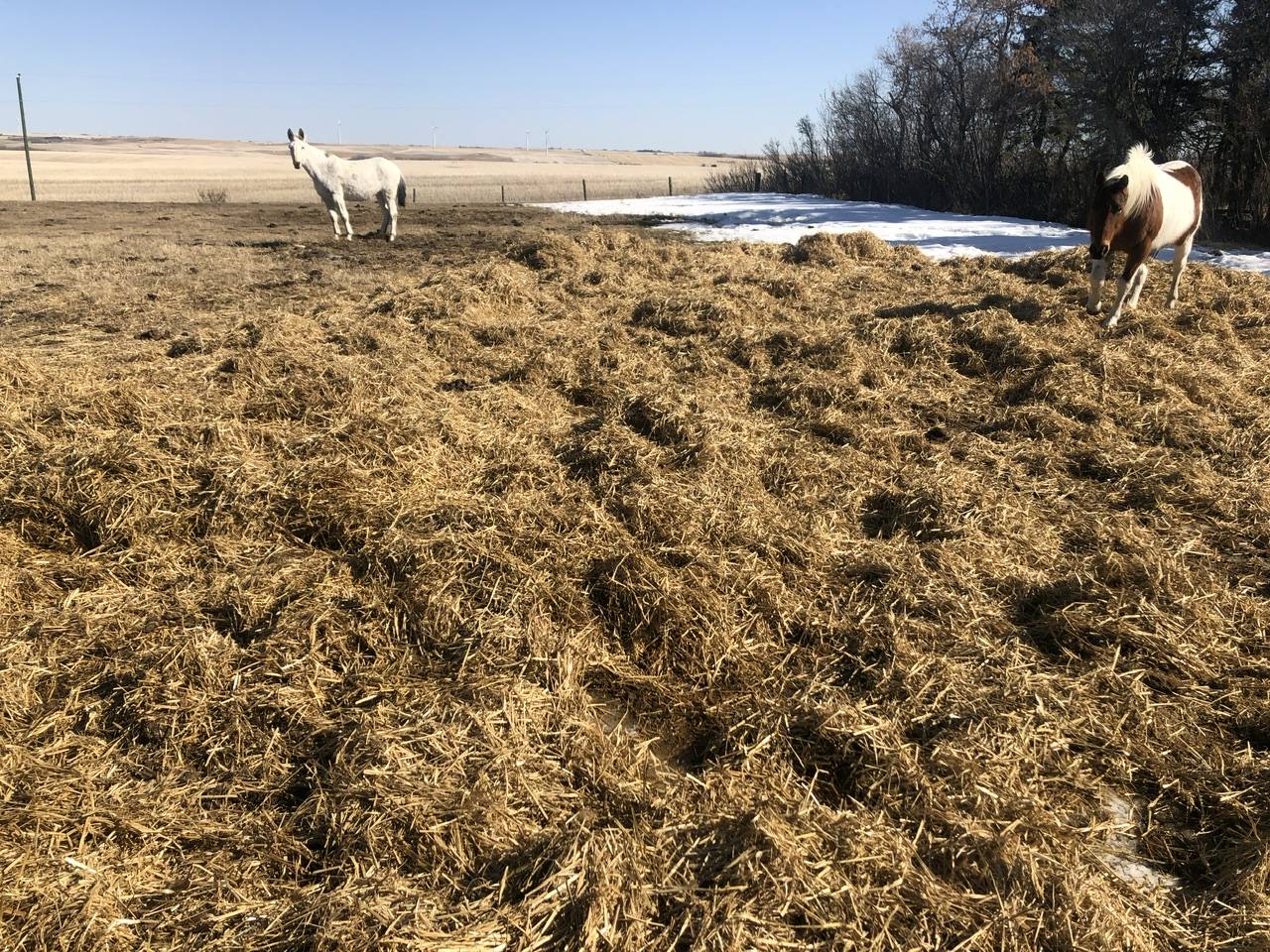
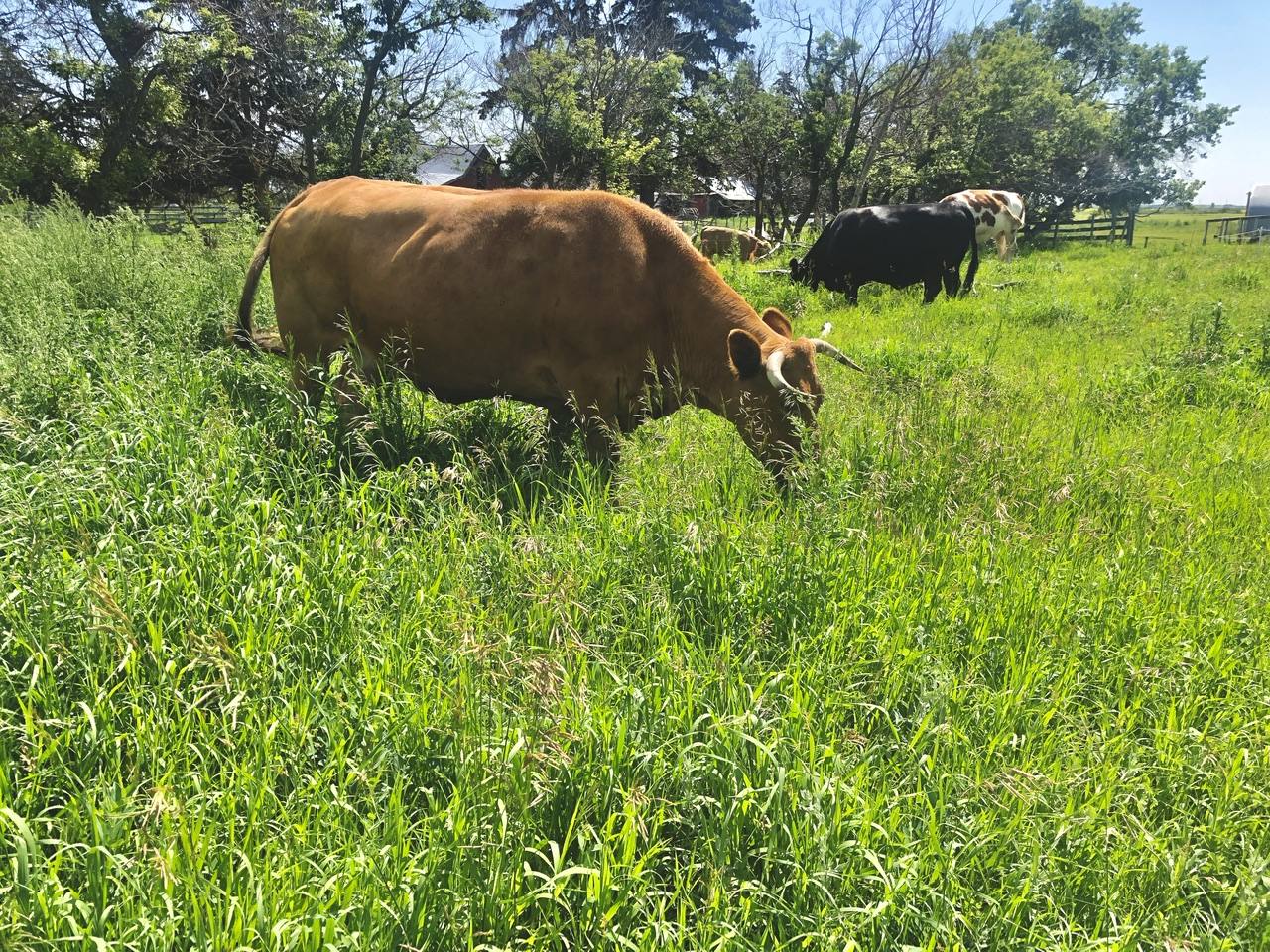
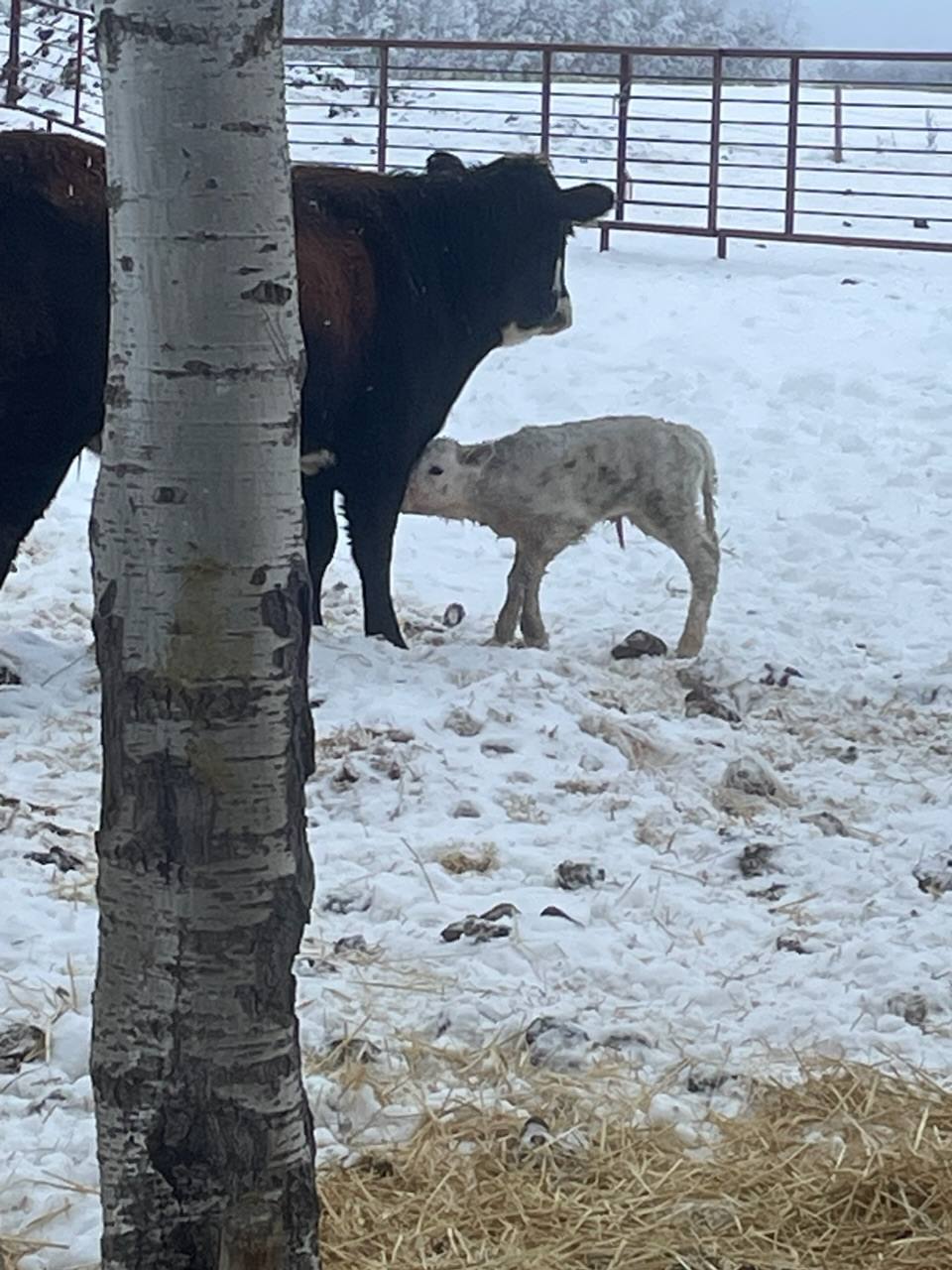
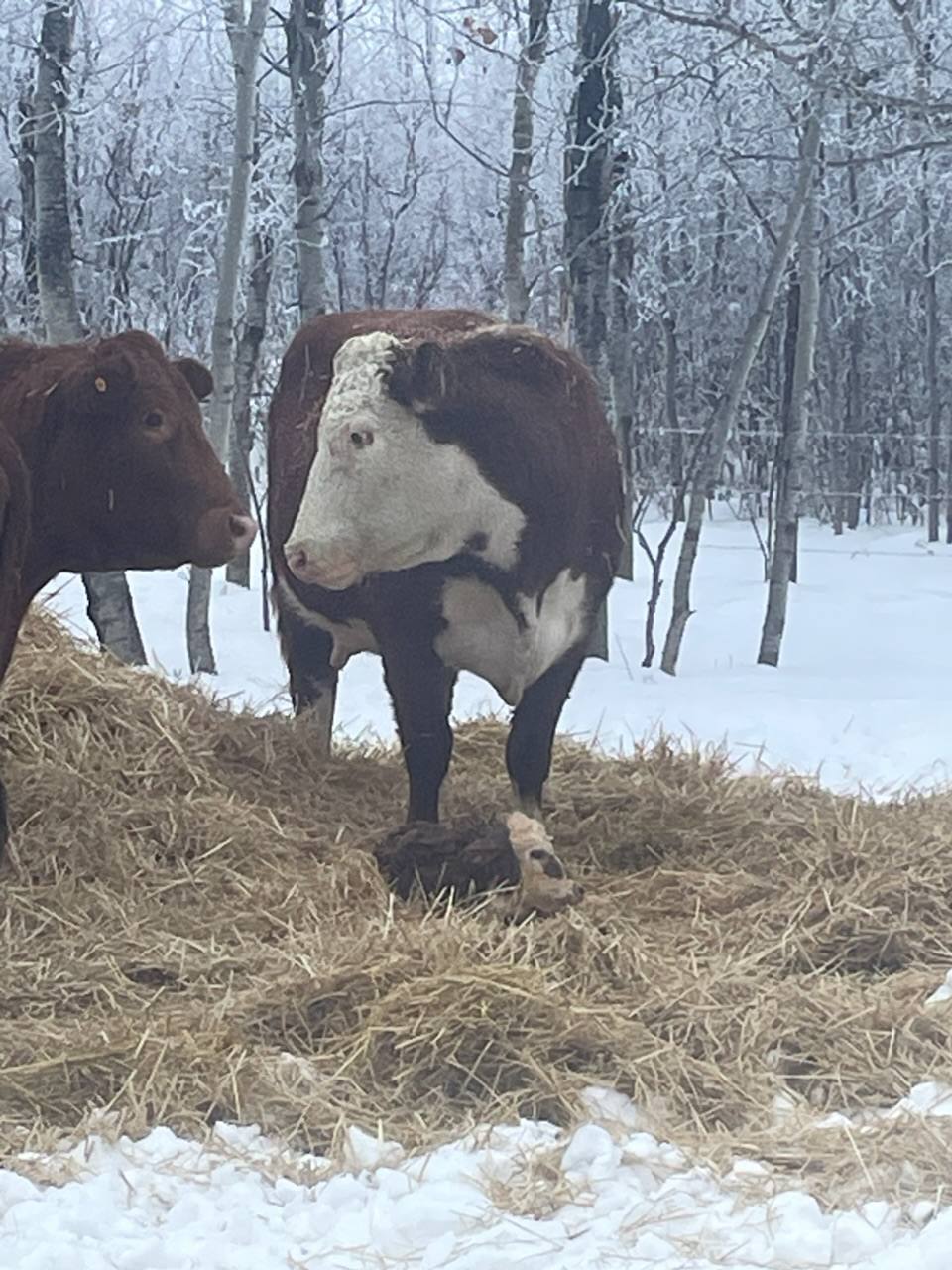
Comment